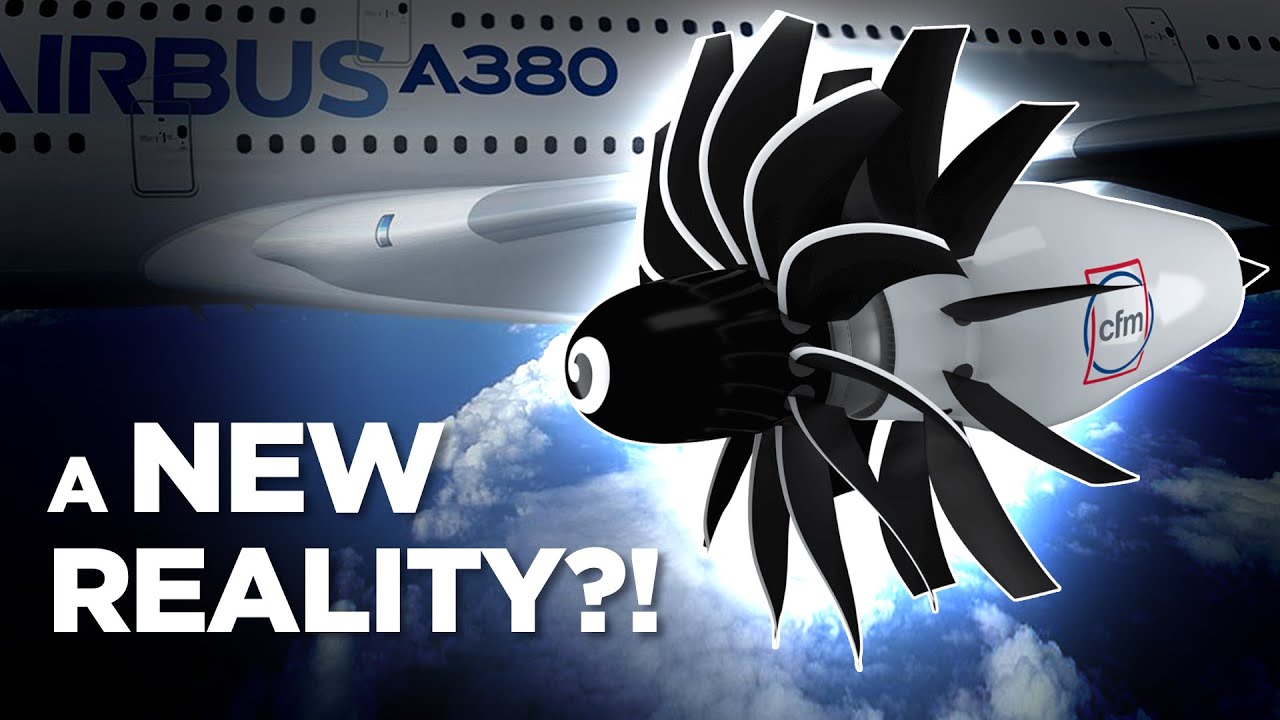Aviation engine manufacturers have been researching “propfan” or “open rotor” engines as a more fuel-efficient variant of the high-bypass turbofan engine since the 1970s. During the 1980s, there was a flurry of interest in such engines, with a General Electric/Snecma partnership developing the experimental GE36 engine, which was envisioned as a powerplant for Boeing’s 7J7 concept and future models of the McDonnell Douglas DC-9 series. Falling oil prices that reduced the cost of aviation fuel and concerns about noise and danger from blade-shedding led to the concept being shelved.
Now CFM International has announced development of the RISE (“Revolutionary Innovation for Sustainable Engines”) open rotor engine, with flight tests scheduled to begin in 2025, and aiming for a 20% reduction in fuel burn compared to comparable turbofan engines. Both Boeing and Airbus have indicated interest in such an engine for their next generation narrowbody airliners.
But it’s just a jet engine core with a propeller (or, in some designs, two contra-rotating propellers). Why isn’t it a just another turboprop? Well, there are a lot of terminology tricks, but it is basically just a turboprop. The main difference is that while most turboprops operate at around Mach 0.55, propfans use propellers with more blades shaped to allow operation up to around the Mach 0.8 speed of turbofan airliners without excessive noise. But the Soviet Tupolev Tu-95 “Bear” bomber, which has been in service from 1956 to the present day and its airliner derivative, the Tu-114, had turboprop engines with contra-rotating propellers and cruised at Mach 0.71. It is, however, one of the loudest planes ever to fly, with propeller tips exceeding the speed of sound.
One suspects the “propfan” terminology or, even better, “open rotor jet engine” owes some of its attraction to the marketing department, who is well aware that the flying public much prefers “jets” to “prop planes”, even though most of the latter are now turboprops which are just as reliable as turbofans. “Let’s give it a new name and fool the rubes” has a long heritage in the advertising world.
